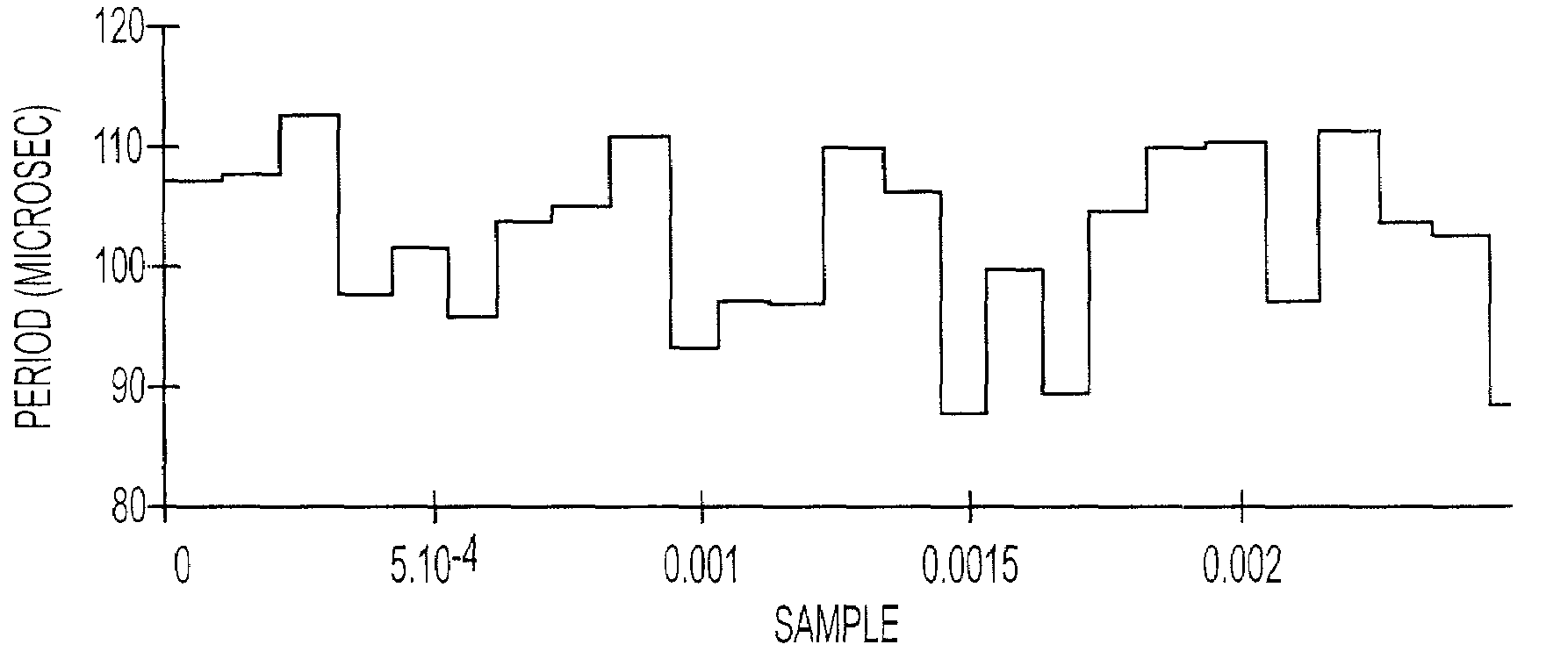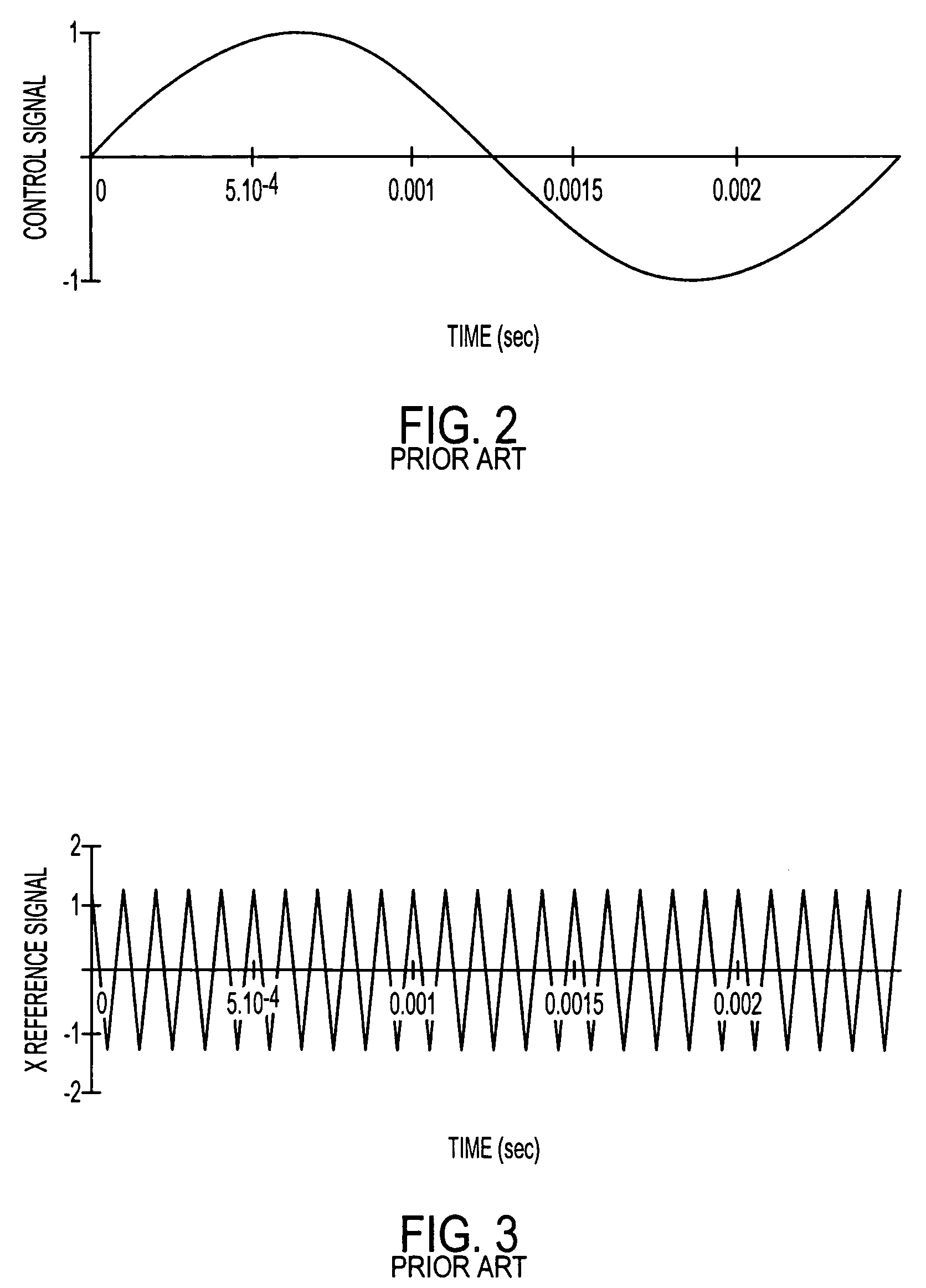Systems and methods for reducing the magnitude of harmonics produced by a power inverter
a power inverter and harmonic technology, applied in the field of electric power conversion, can solve the problems of reducing the efficiency of dc powered versions of these appliances, reducing the efficiency of dc powered versions, and difficulty in obtaining ac power, so as to reduce the magnitude of harmonics, reduce noise and electromagnetic interference, and reduce the effect of filtration
- Summary
- Abstract
- Description
- Claims
- Application Information
AI Technical Summary
Benefits of technology
Problems solved by technology
Method used
Image
Examples
Embodiment Construction
)
[0033]In order to understand the operation of the present invention, it is best to begin with a general discussion on the operation of a PWM circuit. The discussion herein will focus on a single-phase PWM system for simplicity of discussion as shown in FIG. 1A. It would be well understood by one of ordinary skill in the art how to adapt this discussion for use in a three-phase system such as that shown in FIG. 1B. The PWM circuit may also be used in a four-phase system.
[0034]FIG. 1A provides for an example of a single-phase PWM circuit. The PWM comprises four switches (101) typically insulated gate bipolar transistors (IGBTs) which are arranged in an H-bridge configuration, a control logic (103) and a load (105). The control logic (103) operates the opening and closing of the switches (101) through the use of two input signals and four output signals. The two signals are the control signal (ucontrol) (111) which may also be called the modulating signal and the reference signal (ure...
PUM
 Login to View More
Login to View More Abstract
Description
Claims
Application Information
 Login to View More
Login to View More - R&D
- Intellectual Property
- Life Sciences
- Materials
- Tech Scout
- Unparalleled Data Quality
- Higher Quality Content
- 60% Fewer Hallucinations
Browse by: Latest US Patents, China's latest patents, Technical Efficacy Thesaurus, Application Domain, Technology Topic, Popular Technical Reports.
© 2025 PatSnap. All rights reserved.Legal|Privacy policy|Modern Slavery Act Transparency Statement|Sitemap|About US| Contact US: help@patsnap.com



